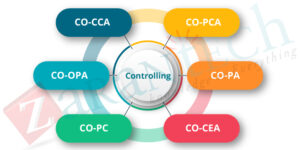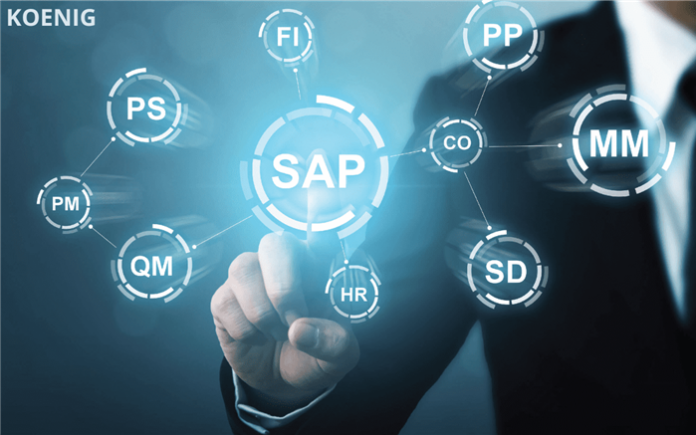SAP Controlling
Often called CO (Cost Accounting), SAP Controlling is a fundamental component of the SAP ERP (Enterprise Resource Planning) system. It is intended to support businesses in efficiently managing their management and financial accounting procedures. The main goal of SAP Controlling is to offer resources and tools for managing, scheduling, and keeping an eye on the expenses and assets of a company. 
Key components and functionalities of SAP Controlling include:
Accounting for Cost Element: This part aids in the definition and administration of cost components, which are used to classify expenditures inside an enterprise. Cost aspects are essential for monitoring and managing expenses.
Accounting for Cost centers: Cost centers are business divisions that are in charge of particular projects or operations. The tracking and management of these centers ‘ expenses is aided by cost centers accounting.
Internal Orders: Internal orders are used to manage particular investments, projects, or other activities that have particular needs for tracking costs. Tools for creating and maintaining internal orders are offered by SAP CO.
Profitability Analysis (CO-PA): CO-PA is a tool for evaluating a company’s or a market segment’s profitability. It helps businesses to identify the most profitable goods and services as well as the most valuable clients.
Product Cost Controlling: This part deals with figuring out and controlling the expenses related to making products and services. Variance analysis, product costing, and cost object managing are some of its features.
Activity-Based Costing (ABC): This technique divides expenses according to the tasks that use resources. Organizations can gain a more precise insight of cost factors using SAP CO’s support for ABC.
Profit Centre Accounting: Profit centers are used to examine the revenue and expense for particular business divisions or corporate units. SAP CO offers profit center setup and management tools.
Planning & Budgeting: SAP CO has tools for managing and planning budgets, enabling businesses to establish and keep track of spending plans for different cost centers and activities.
Controlling overhead costs entails managing and reining in the indirect expenses or overheads related to various cost items. Understanding and assigning these costs is made easier with the help of overhead cost control.
SAP Financial Accounting (FI), Materials Management (MM), Sales and Distribution (SD), and other SAP modules are integrated with SAP Controlling to offer a comprehensive view of an organization’s financial data and support decision-making.
All things considered, SAP controlling is crucial for businesses seeking to improve their financial management, streamline their cost structures, and make defensible choices grounded in comprehensive cost and performance data.



































